Proper storage of food products is a key issue in catering and can often be a challenge. Read on to find out about the optimal conditions for storing different types of food.
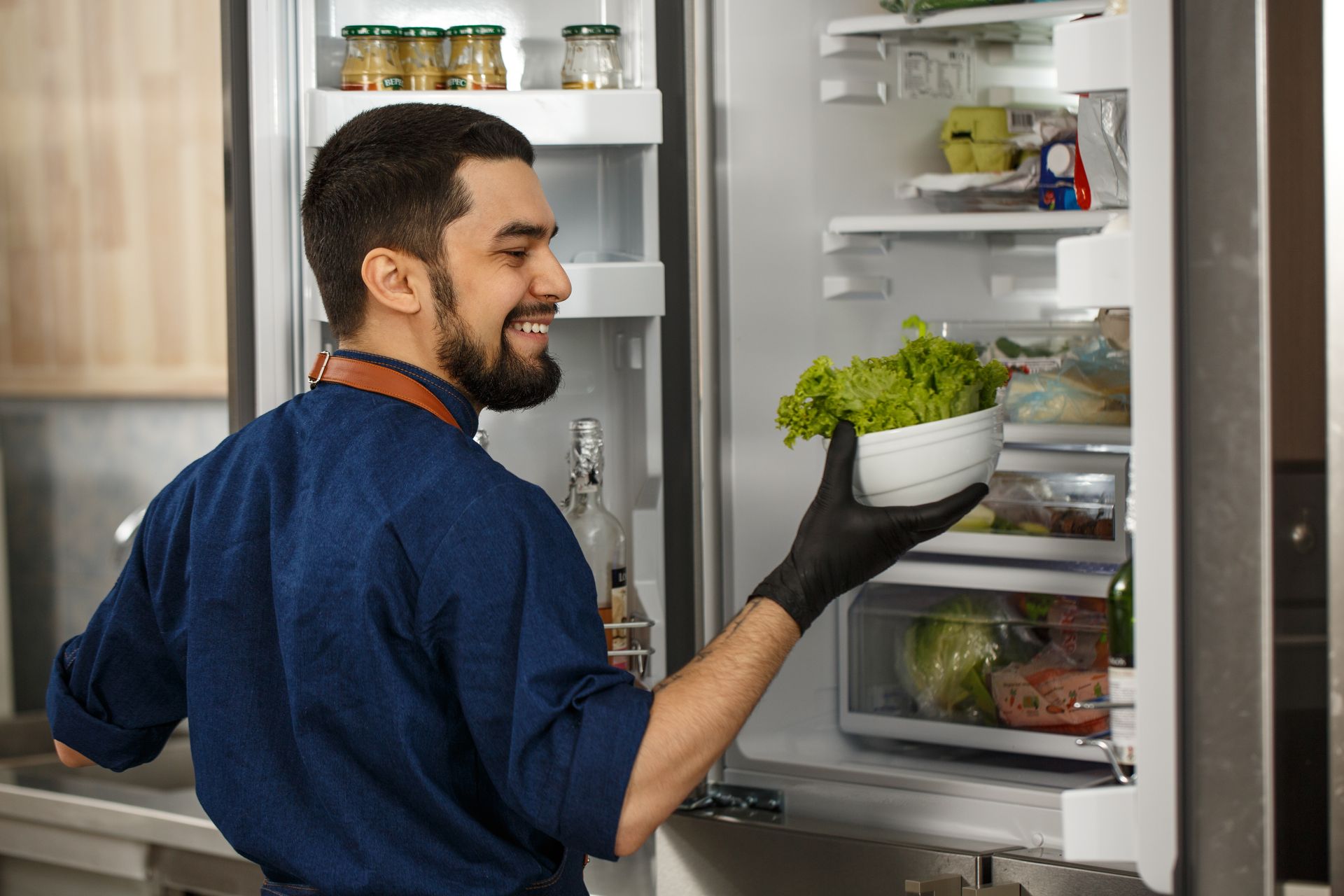
Proper storage of food products is a key issue in catering and can often be a challenge. Read on to find out about the optimal conditions for storing different types of food.
Cooling equipment and catering refrigerators
Buying larger quantities of products at once will save you both time and money, as you will not need to spend hours on end talking with contractors or picking up and unloading deliveries. You will also save money on fuel, and will usually be able to count on additional discounts. However, for these savings not to later result in losses, which would affect your meticulously calculated food cost, you need to know how to properly store the food.
Every catering company needs appropriate refrigeration equipment in order to store items with a short shelf life, such as meat, fish, dairy products, fruit and ready-made meals. Such equipment is generally divided into:
- cooling equipment with a temperature range of -2 to 4 degrees Celsius,
- freezers with a temperature range of -18 to -24 degrees Celsius.
There are many different types of refrigeration equipment suitable for storing strictly defined products. They can be made of various materials (e.g. stainless steel, powder coated steel), have a very different temperature range and be based on different cooling systems (static or dynamic).
An example are display cabinet refrigerators, which are also used to display products to customers (e.g. cakes, wine, beverages), large freezer cabinets (often with a cooling zone), shelf chest freezers with air curtains, shock chillers and freezers for quick freezing of food, cooling tops and many others. Some models also have several compartments/drawers with separate thermostats. An ideal solution is having suitable temperatures for different articles in one device.
Additional stainless steel furniture such as tables or shelves are a good option in the refrigerator/freezer area. They will come in handy for conveniently portioning products intended for further storage, and will also be useful when emptying the devices.
Storing food in restaurants
Most catering establishments will have designated storage areas, in which there are zones for:
- fruits and vegetables,
- root vegetables – these can be contaminated with soil, so they should not be mixed with other vegetables,
- drinks,
- alcohol,
- dry products,
- perishable products (refrigerator storage).
Pickled products should also be stored in separate places, as their intense aroma could spoil the taste of other products, and since they contain live bacteria cultures they could also contribute to their fermentation/decay.
Most products are best kept in airtight containers suitable for food storage, which are marked with the symbol of a glass and fork. Correct labelling is also very important – it should contain the name, and in the case of ready meals, also the date and time of the packaging. This will help to ensure that the served food is fresh and will make it easier for staff members to find a specific item.
Food separation is also important due to the possibility of cross contamination. Products labelled, for example, as lactose-free or containing eggs or gluten, if accidentally contaminated, could cause serious allergic reactions in customers.
Food storage conditions
The functional layout of any catering establishment must take into account the fact that each of the storage zones should have different conditions, appropriate for a given type of food:
- vegetables and fruit are stored in dry, ventilated areas with a temperature of approx. 5-9 degrees Celsius,
- bottled beer, vodka, white wine and mineral water should be chilled to 8-10 degrees Celsius. The optimal temperature for draft beer is slightly lower, around 3-7 degrees Celsius,
- red wine should be stored at a temperature similar to soft drinks, i.e. cooled to approx. 15 degrees Celsius,
- meat, fish and dairy products, depending on the expected time of use, are either stored in cold stores (-2 to 4 degrees Celsius) or frozen (temperature range of -18 to -24 degrees Celsius). As a rule, raw products should not be stored in refrigerators for more than 3 days (the period could be longer if they are packed in air-tight packaging).
Products should be stored with the earliest purchased items most accessible (the so-called First In First Out principle – FIFO). This will help reduce food waste by avoiding missing the use-by dates.
Refrigerators and freezers
Bear in mind that refrigeration equipment used for the storage of food products should meet certain requirements. In the event of a health inspection, they will be sure to check whether meat, fish, eggs and vegetables are stored separately. Catering equipment must be kept clean – it should be regularly washed and disinfected. Not only dirt and traces of mould, but also excessive ice inside fridges and freezers is unacceptable, as it indicates that they are not working properly or are not regularly serviced.
Storing food in refrigerators and freezers also requires controlling the appropriate temperature. As mentioned above, freezers should have a minimum temperature of -18 degrees Celsius, while storing food in the refrigerator requires around 4 degrees Celsius. If only products that require a different temperature (according to the label) are stored in the refrigerator, the temperature could be higher – even up to 12 degrees Celsius. You should therefore have a thermometer in each cooling device, which needs to be calibrated periodically. Depending on the risk analysis included in your Good Hygiene and Manufacturing Practices documentation and HACCP book, it is a common practice to record the indications (even twice a day).
Health and safety in catering requires that refrigeration equipment should be placed on a dry and easy-to-clean floor. It must have a level surface so that the equipment does not move around causing a hazard. It is also important to ensure adequate air ventilation. Air vents should not be covered, and the minimum distance from walls should be approx. 5cm. Otherwise the compressor could overheat, generating costs associated with high energy consumption, and could even lead equipment failure.
Ways of storing food
There are many different ways to extend a food’s shelf life, which can usually be used together with freezing or cooling. Some of the oldest preservation methods are based on drying, pickling, smoking and salting. Unfortunately, these methods are not universal and are currently only used for strictly defined groups of products. Thus, for example, vegetables are mainly pickled, meat and cheese are smoked, and meat or fish products are salted. Drying is mainly used for herbs, powdered spices and additions such as mushrooms or vegetables. A more all-round way of preserving food is pasteurisation, involving heating it in airtight containers.
A modern method is freeze-drying, also known as lyophilisation, which basic principle is the sublimation of frozen products. Nowadays, lyophilizates are commonly used for concentrates, instant dishes or special-purpose food. Advantages include their light weight (approx. 10% of the original weight) and quick preparation. Disadvantages are the high price and partial loss of nutritional value and flavour. Therefore, they are generally avoided in slow food.
Packing food in a protective atmosphere is a good way to extend the shelf life. Depending on the product, a mixture of different gases (oxygen, carbon dioxide and nitrogen) is used. Products packed this way stay fresh for a much longer time:
- cold cuts in approx. 7 degrees Celsius up to 5 weeks,
- poultry at 4 degrees Celsius up to 12 days,
- fresh fish (0-2 degrees Celsius) up to 5 days.
This method is very common in catering. However, it can be quite troublesome, as it requires appropriate equipment and mixtures of gases, which is why such products are usually delivered pre-packed.
Vacuum packing can be used in virtually every bar or restaurant. It consists of sucking air from hermetic bags with the use of relatively inexpensive vacuum sealers or vacuum chamber packers. Products packed this way take up little space, and it significantly lengthens their shelf life. For popular types of food this will be, for example:
- meat and cold cuts (4 degrees Celsius) up to 6 days,
- vegetables up to 20 days,
- bread – at room temperature up to 7 days.
Food storage – summary
Proper food storage gives tangible benefits in catering. Above all it helps avoid food waste, which generates significant savings. You can also buy larger quantities of food at once, saving time and money.
It is very important to properly train your staff, which could be the responsibility e.g. of the restaurant manager, who should be experienced with using refrigeration equipment. They will also need to know what to do and who to contact if they notice any equipment problems or rodents in the kitchen. It is important to adhere to a schedule of cleaning the equipment as well as monitoring the conditions in which the food is stored. All staff members should understand how to keep different types of food separate and why it is essential.
Methods of equipment maintenance, using the right products, is also important. Cleaning stainless steel is very simple and easy, without the need to use harmful chemicals, which would have a negative effect on the stored food.
A well-organised storage area with clearly sorted articles will make work easier for the whole team, and they will not waste time looking for the products they need at a given moment.

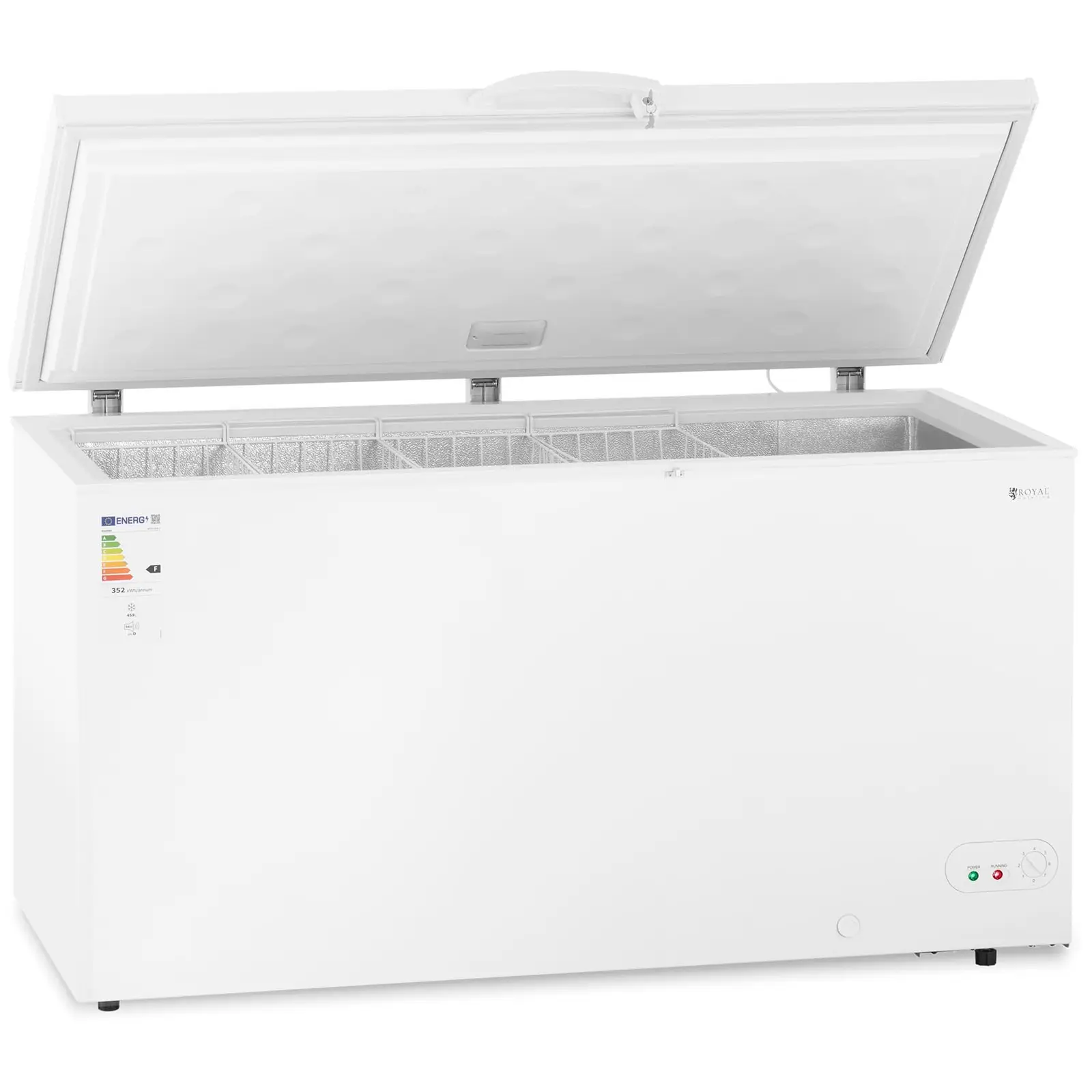

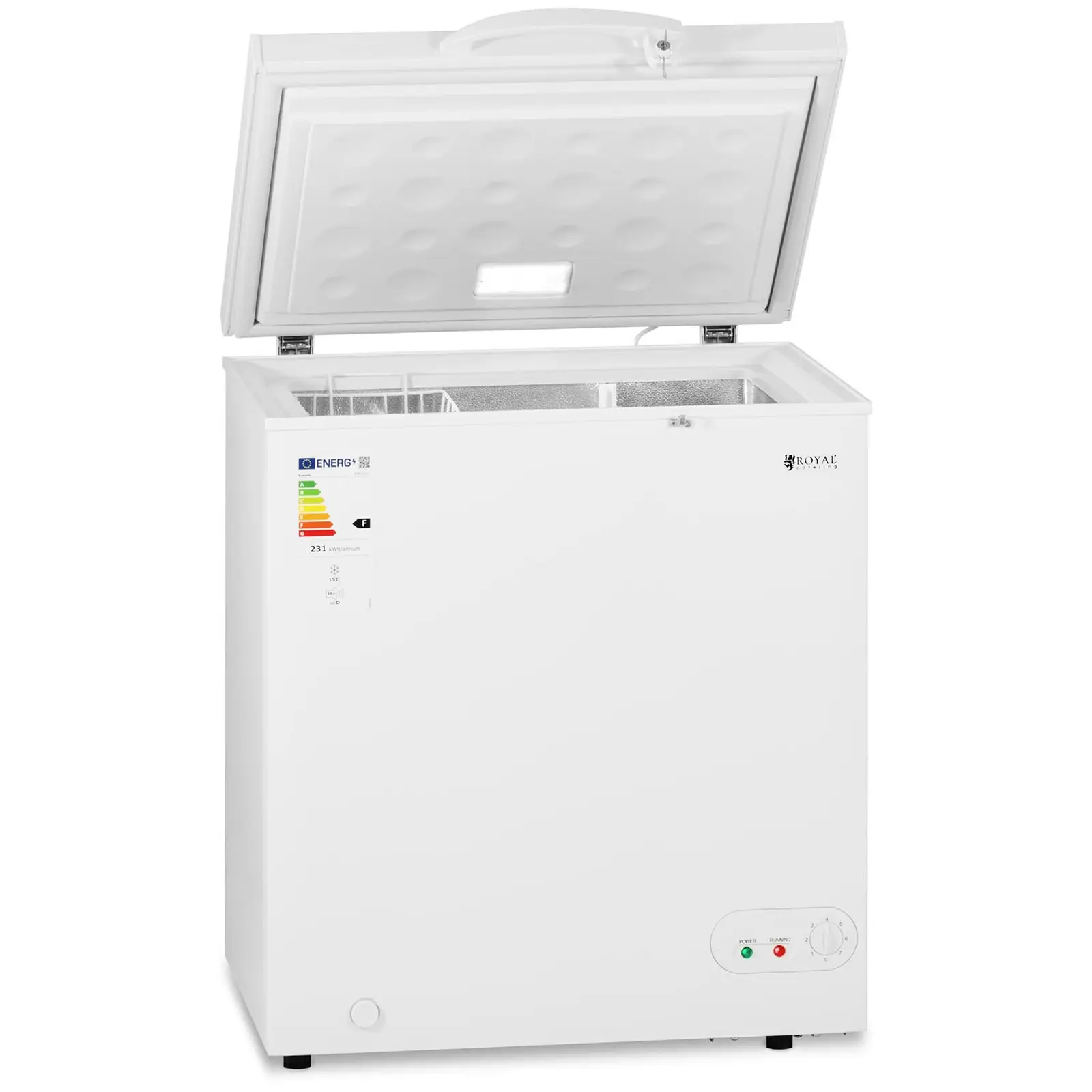
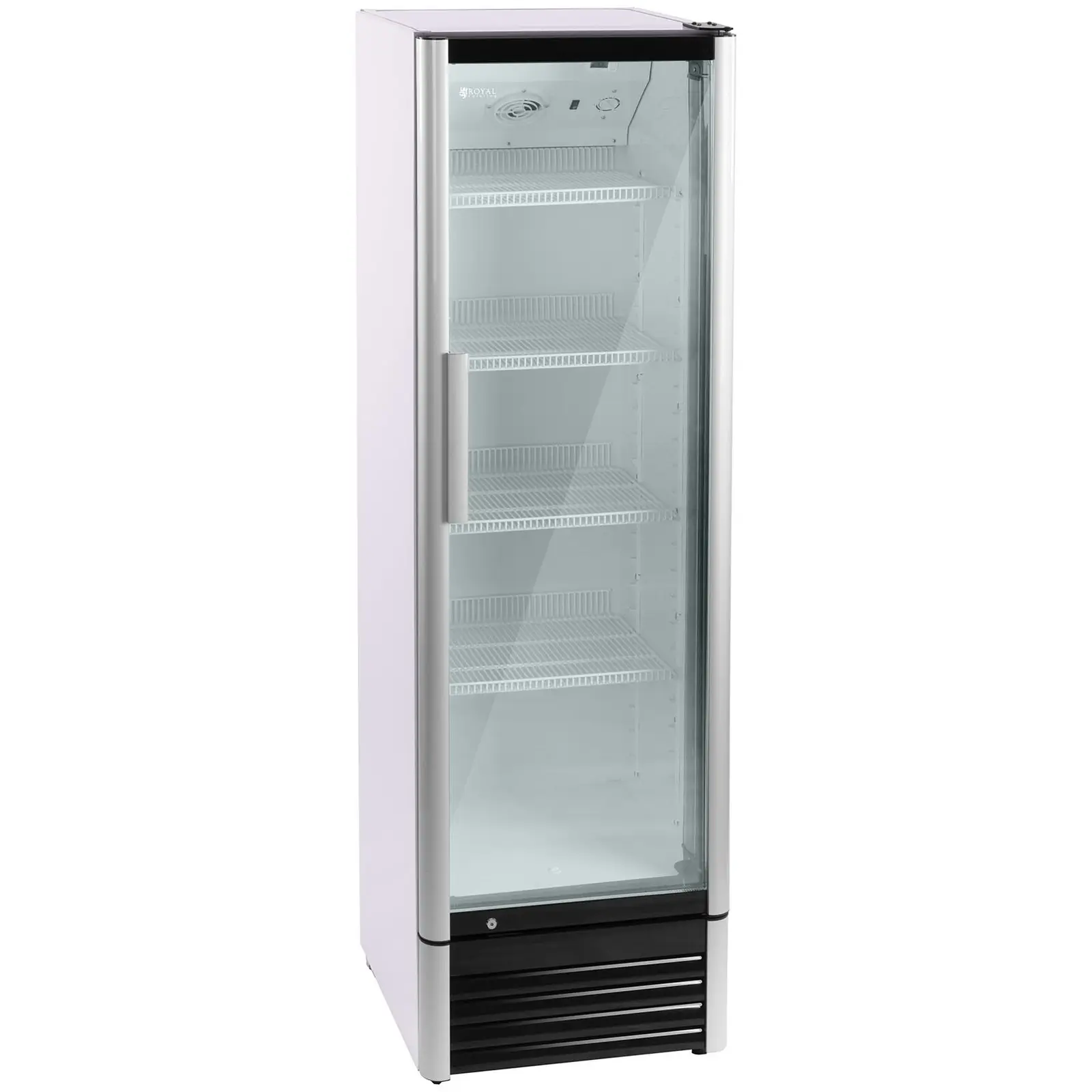
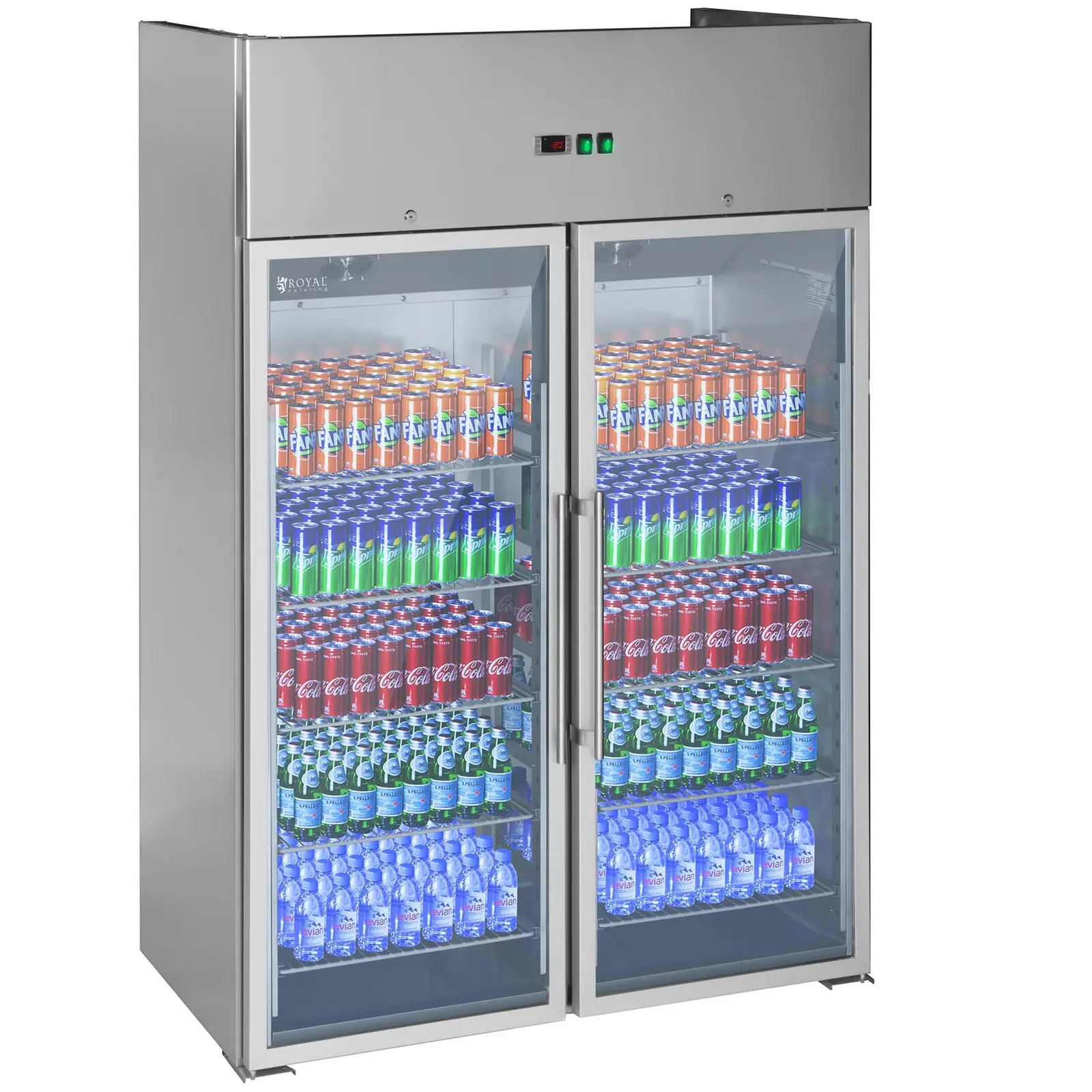

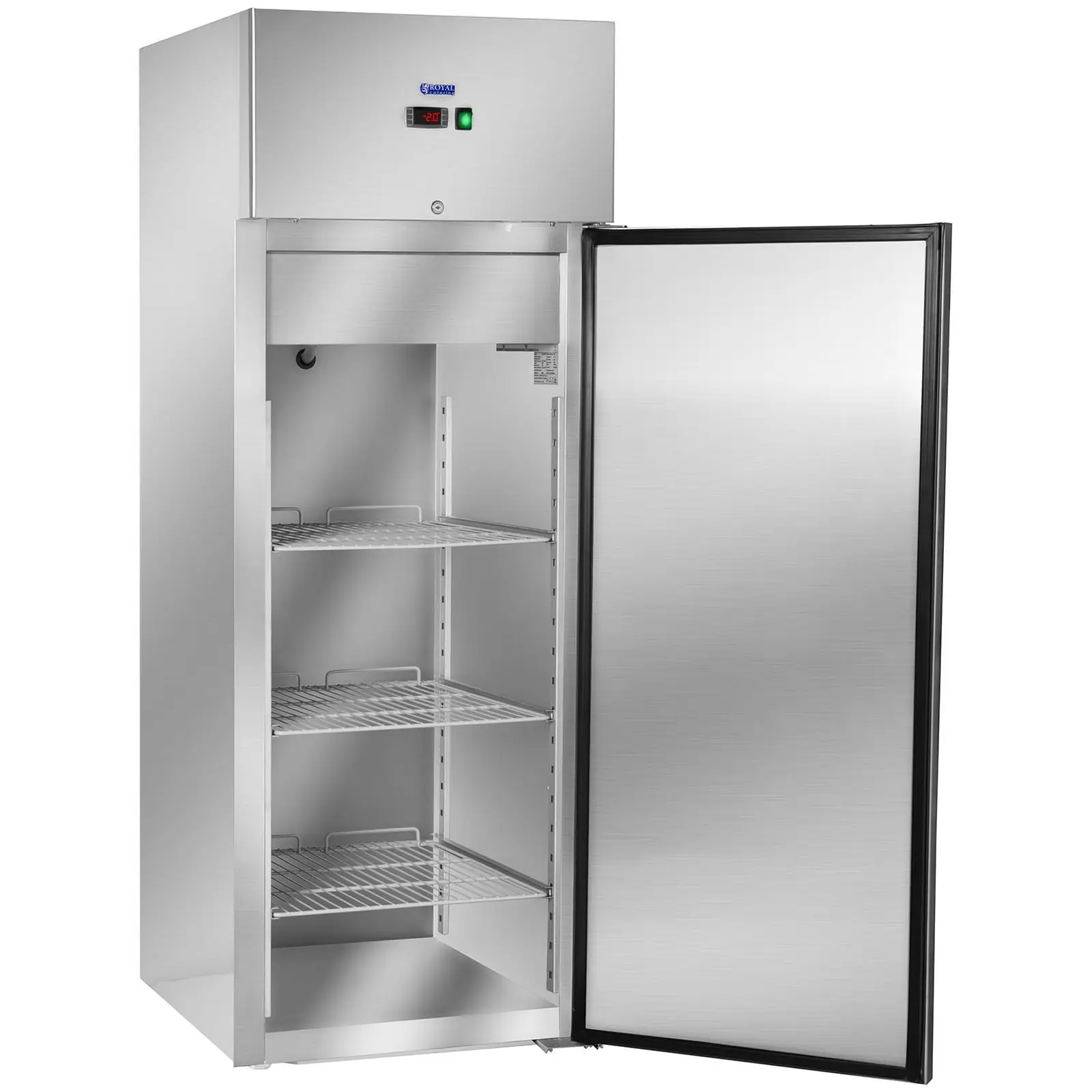






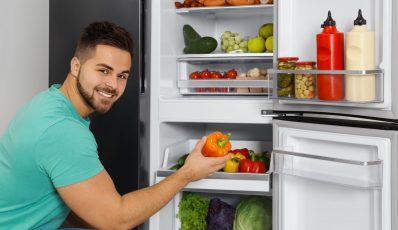
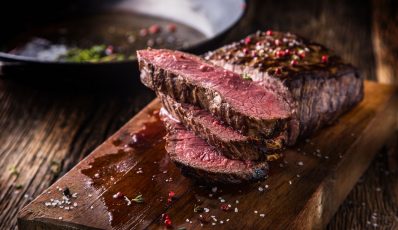


Share